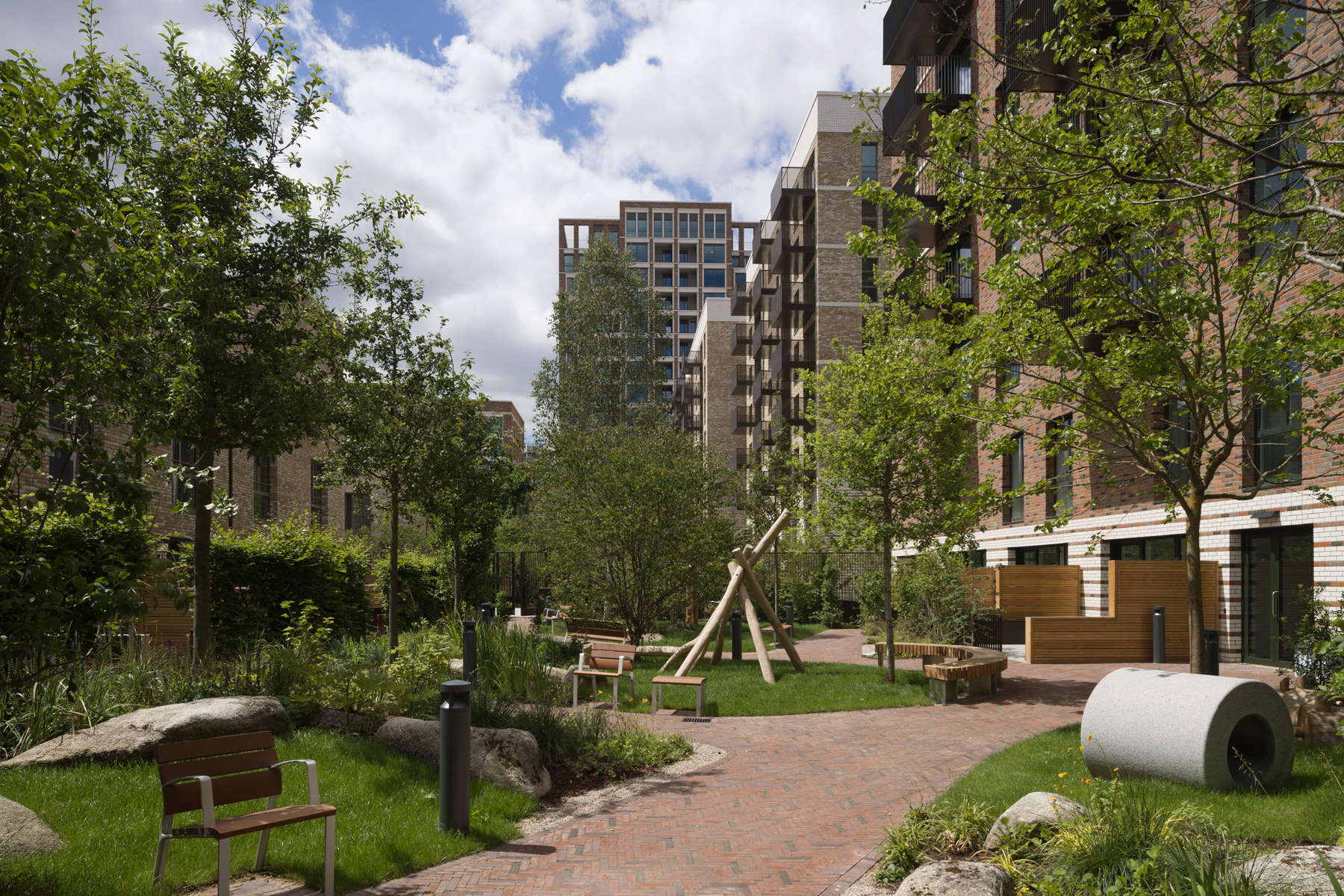15-minute City
The 15-minute city is an urban concept, described as a return to a local way of life, for a polycentric city where all city residents can meet most of their needs within a short walk or bicycle ride from their homes. 15-minute cities are built from a series of 15-minute neighbourhoods, also known as complete communities or walkable neighbourhoods.
The concept recently gained public attention, with Paris declaring its ambitions in early 2020. Before Paris, Melbourne announced the “20 Minute City’’, Copenhagen the “Cycling City’’, and Utrecht in the Netherlands the “Proximity City”. The idea is not new, arguably first appearing in Jane Jacobs 1961 seminal publication “The Death and Life of Great American Cities”. It is also the driving force behind the New Urbanism movement that originated in the United States in the 1980s, Design for London’s agenda in the first decade for this century and the message coming from Esther Kurland and Urban Design London today.
The idea may not be new, but the climate crisis and the global COVID-19 pandemic crisis have further raised awareness and urgency for City policymakers to implement this approach. The C40 Cities Climate Leadership Group, in July 2020, published a framework for cities to “build back better” centred around the 15-minute conceptand referring specifically to plans implemented in Milan, Madrid, Edinburgh, and Seattle after COVID-19 outbreaks. One of the numerous policy initiatives of which we can expect more.
According to urbanist and scientist Carlos Moreno, who is behind the guidelines for Paris, the 15-minute city has four components, proximity, diversity, digitalisation and density.
Proximity is generally understood as Less time wasted commuting and moving between activities, giving residents precious hours for health and leisure activities. Diversity refers to mixed-use development and multicultural neighbourhoods, both of which Moreno et al. argue would improve the urban experience and increase community participation.
Digitalisation is a key aspect of the 15-minute city derived from Smart Cities and something many of us have and are still experiencing in our work today due to the demands of Covid-19. Density and the idea of an optimal density that will deliver the social services required, the restaurants, cafes and bars, the local shops, leisure amenities is the least understood of the four key drivers.
In recent years, the Elephant and Castle regeneration has transformed part of Southwark into a vibrant cosmopolitan centre, providing all that is asked for by the 15-minute city. Measuring the Net FAR (floor area ratio) of all new developments in the area results in a FAR of 8.0, meaning that each development site would have an average of 8 floors if the site were entirely built out.
Rarely do development sites have 100% coverage. Historically site coverage was much greater; The area of amenity space per inhabitant in the city has been increasing steadily since the early 1900s. The 15-minute City asks for more local amenity space to cater for people who have more time on their hands, so this trend for more space will continue. We also inhabit our city less densely than previously. Since the 1930s, we have seen a 200% increase in floor area per city dweller. More area per person within the public realm and the dwelling is required to achieve the intensity of people, which delivers the desired proximity of uses that allows for the 15-minute city.
Traditionalists and proponents of the mid-rise city can’t have it all. If we believe in the 15-minute city, it implies a change to how our cities look. It means substantial built volume and a continuation of the upward development of London that we have witnessed over the last 20 years.
Gerard Maccreanor
Published by the NLA
